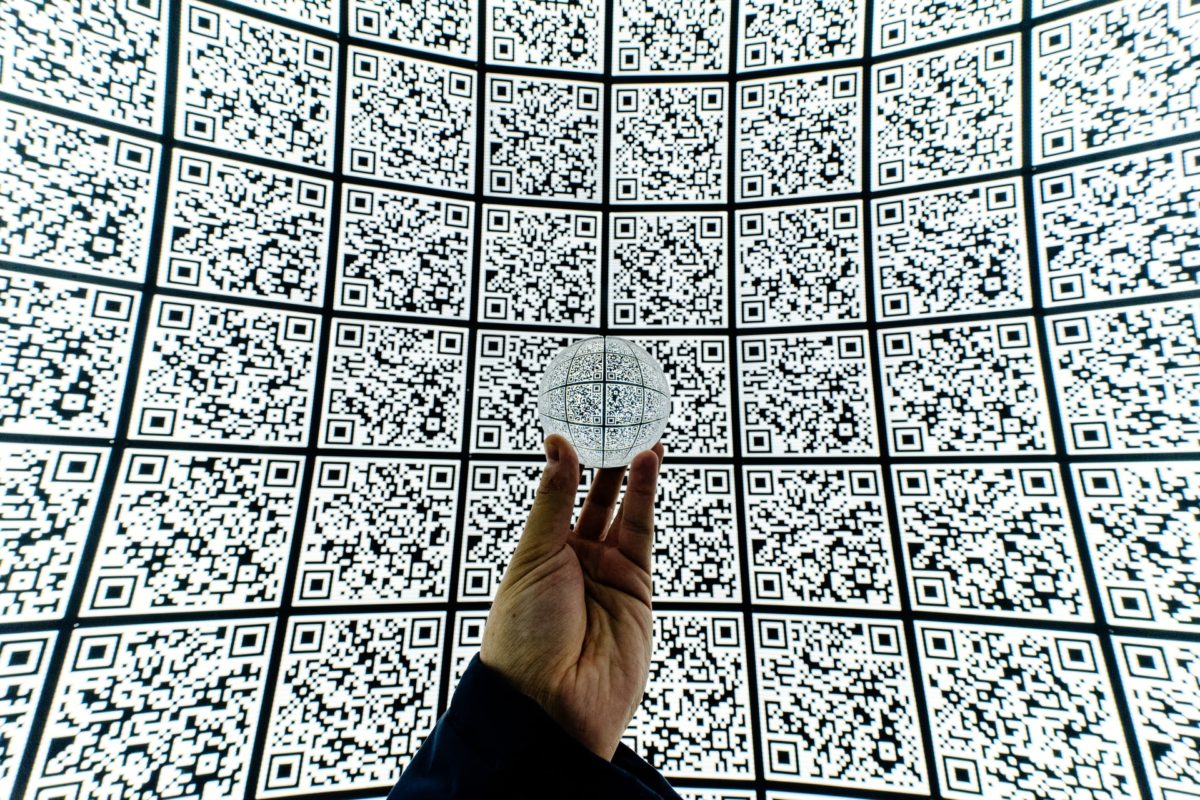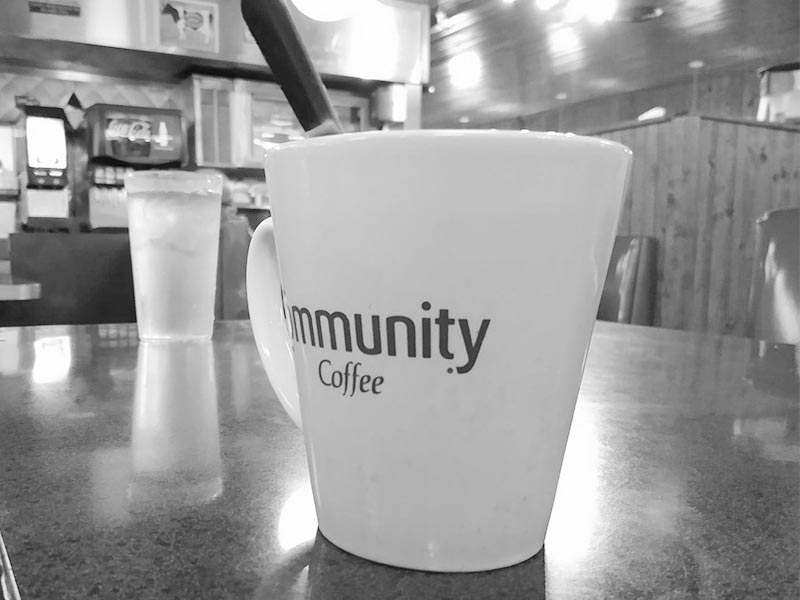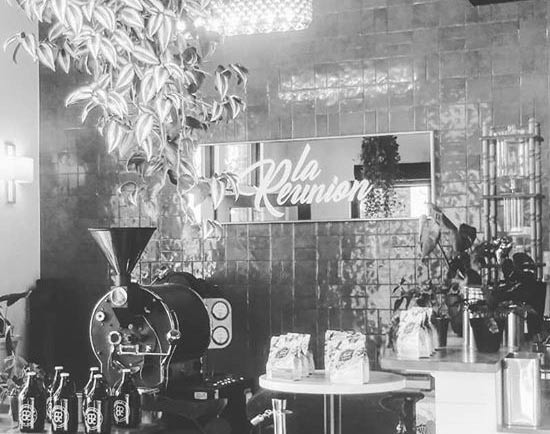I don’t think anyone will like what happens when a very small group can build and maintain thousands of sites, propped up by nearly cost free AI generated content, funded by affiliate commissions, and able to muddy the waters of any political issue at will. That is the future these generative AI tools are on pace to create. A vomit-filled snow globe of information where accuracy and origin are unknowable.
How Forbes Monetizes The Frauds They Create
Sam Bankman-Fried, Elizabeth Holmes, and Charlie Javice share a few things in common. They all seem to have committed fraud; tho a court of law convicted only Homes at the time of writing. The three are also Forbes ’30 Under 30′ Alumni.
Forbes is the best in the business at monetizing frauds on the way up and later on the way down. Javice was the CEO of a startup called Frank that JPMorgan Chase acquired in large part because of the over 4 million users the company boasted. The best coverage of JPMorgan Chase’s lawsuit claiming Frank only had 300,000 real users and created 4.265 million fake customer records to satisfy due diligence is in Forbes.
Best printer 2023: just buy this Brother laser printer everyone has, it’s fine
Here’s the best printer in 2023: the Brother laser printer that everyone has. Stop thinking about it and just buy one. It will be fine!
Gene Hackers Create Meatball From Resurrected Mammoth Meat
Vow, an Australian cultivated meat company, has cooked up in its lab one of the most exotic and downright bizarre sources of protein your taste buds could ever relish: mammoth meatballs.
And no, “mammoth” isn’t a descriptor of its size. We truly mean a meatball made from the flesh of a wooly mammoth — or at least, an approximation of it. If that’s turning your head, well, that’s the point.
The Dead Eagle Business
In December of 2019, Troy Fairbanks and his son, Majestic Fairbanks, pleaded guilty to charges brought against them by the Federal Government. The Fairbanks duo was accused of illegally trafficking the body parts of bald and golden eagles. The case implicated dozens of others and took undercover investigators two years to build.
Rural towns and poor urban neighborhoods are being devoured by dollar stores
Across America, rural communities and big cities alike are passing ordinances limiting the expansion of dollar stores, which use a mix of illegal predatory tactics, labor abuse, and monopoly consolidation to destroy the few community grocery stores that survived the Walmart plague and turn poor places into food deserts.



